Many start-up or high growth technology companies (such as software-as-a-service or SaaS companies) face a significant amount of initial costs in the creation of their software that will later be sold or utilized to serve customers. Often times, questions arise from company owners about how to appropriately treat these software development costs; should I expense or capitalize them? The determination of these costs could significantly impact a company’s financials including their EBITDA, which is a benchmark that most private investors focus on to determine the valuation of a company. This article will try to provide clarification for a CEO/CFO/Controller to better understand the US General Accepted Accounting Principles guidance surrounding this topic.
First, the accounting standards under GAAP define two sets of guidance for capitalizing software:
- Software to be sold, leased or marketed (ASC 985-20)
- Software for internal-use (ASC 350-20)
These standards have a set of different accounting rules by which costs are to be capitalized or expensed.
Software to be sold, leased or marketed
Under ASC 985, until a technology has reached technological feasibility, all cost incurred up to that point will need to be expensed when incurred. Technology feasibility is defined per ASC 985 as a point when
“all planning, designing, coding, and testing activities that are necessary to establish that the product can be produced to meet its design specifications including functions, features, and technical performance requirements.”
Many in the software industry will take the stance that technological feasibility is achieved only when the software can be used or consumed in any form by the public. In this mode of thinking, most of the development costs will be expensed. However, others may consider that technological feasibility occurs prior to the product being available for sale, as a product may already be functioning prior to going to market for limited internal or “family and friend” use to generate feedback. As you can see, the technological feasibility may be subject to a company’s interpretation depending on their product and use. Once technological feasibility is obtained, all indirect and direct costs associated with the software development will be capitalized until release to customers.
Software for internal-use
Under ASC 350, if a company is developing software internally solely to meet the company’s internal needs, then costs can begin to be capitalized once the product has passed its preliminary project stage and into the application development stage. According to ASC 350,
“Application Development Stage includes (a) the design of the development path, including the configuration and interfaces of the software, (b) coding, (c) installation to hardware, and (d) testing, including parallel processing. During this phase, internal and external costs to develop the internal-use software should be capitalized, along with costs to develop or obtain software used to access or convert old data by new systems. The costs of data conversion, however, should be expensed. Also, any training costs incurred during this stage should be expensed.”
Therefore, costs incurred for selecting vendors, consulting, planning, and strategic decision making stages will be expensed as these are part of the preliminary project stage. Costs incurred for actual application development (i.e. coding of the software, installing servers, hosting of servers during the development stage, interest costs incurred while developing software, etc.) will be capitalized until the product is ready for implementation or operational stage. Post implementation, all additional charges such as training, and upgrades and enhancements will then be expensed once again.
So where do SaaS products fall?
SaaS companies are faced with a tough decision regarding which guidance to follow. Some may argue that the services they are providing is a software as the software is the product a customer is purchasing, thus ASC 985 applies. Others may argue that their customers do not have ownership of the software, merely access to a service they are providing that is serviced through an internally developed software that clients interface with, thus, ASC 350 guidance applies. The determination of this will really depend on various factors. Some of these factors may include the following:
- Hosted arrangements will generally follow ASC 350
- Software can be loaded onto customer hardware with the customer given physical access to source code may follow ASC 985
For these reasons, most traditionally hosting arrangement SAAS companies can capitalize their development costs as software for internal-use.
Summary
Below is a summary of differences between ASC 985 and ASC 350
| Software to be sold, leased or marketed (ASC 985-20)
|
Software for internal-use
|
|
| When can costs begin to be capitalized? | Technological feasibility obtained | During the application development stage |
| When do costs begin amortizing? | Upon release of software | Upon placement into operations |
| How will these costs be amortized? | Amortized to COGS using the greater of:
– The ratio that current gross revenues for a product bear to the total of current and anticipated future gross revenues for that product – The straight-line method over the remaining estimated economic life of the product including the period being reported on. |
Using straight-line method over expected useful life through amortization expense |
For more information regarding this topic, please contact Larson & Company today.


.png)



